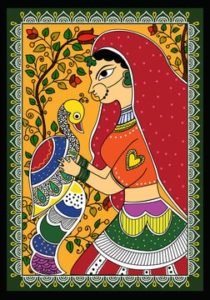
Pote: A Symbol of Tradition, Culture, and Matrimony in Nepal
INTRODUCTION In Nepal, cultural heritage is reflected in various forms of attire and adornments, and

INTRODUCTION In Nepal, cultural heritage is reflected in various forms of attire and adornments, and

INTRODUCTION Mithila painting, also known as Madhubani art, is a rich and vibrant traditional art

Introduction: In the enchanting realm of Nepali music, there exists an instrument that serves as

Introduction Nepal has a rich history, like a beautiful woven cloth showing the strength, bravery,

Introduction: Nepal, a country nestled in the Himalayas, has a rich cultural tapestry woven with

Introduction: Nepal, a land of astounding natural beauty and cultural diversity, is home to a
We care about your privacy
In order to provide you a personalized shopping experience, our site uses cookies. By continuing to use this site, you are agreeing to our cookie policy.
Don't have an account yet? Sign up
No items in your cart. Go on, fill it up with something you love!
Start Shopping Now